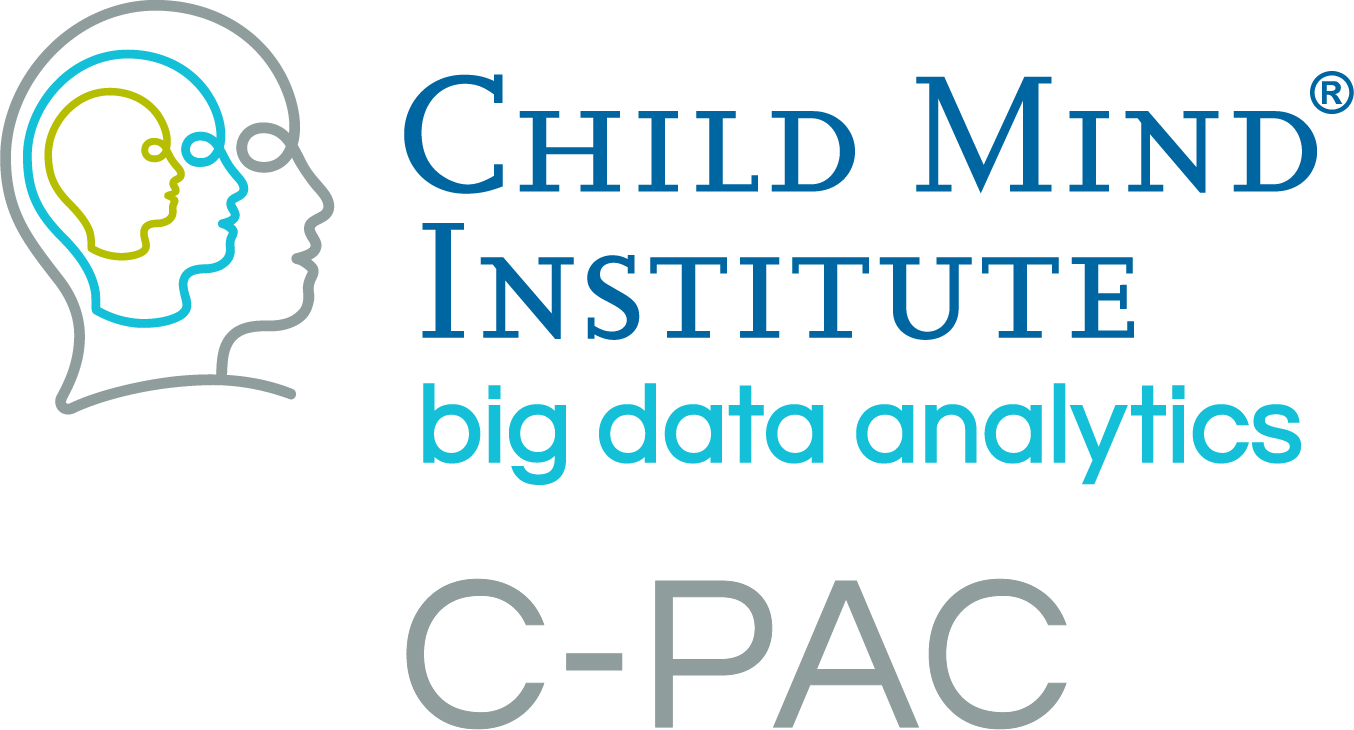User Documentation¶
Welcome to C-PAC’s user guide!¶
The C-PAC Mission¶
Once a distant goal, discovery science for the human connectome is now a reality. Researchers who previously struggled to obtain neuroimaging data from 20-30 participants are now exploring the functional connectome using data acquired from thousands of participants, made publicly available through the 1000 Functional Connectomes Project and the International Neuroimaging Data-sharing Initiative (INDI). However, in addition to access to data, scientists need access to tools that will facilitate data exploration. Such tools are particularly important for those who are inexperienced with the nuances of fMRI image analysis, or those who lack the programming support necessary for handling and analyzing large-scale datasets.
The Configurable Pipeline for the Analysis of Connectomes (C-PAC) is a configurable, open-source, Nipype-based, automated processing pipeline for resting state functional MRI (R-fMRI) data, for use by both novice and expert users. C-PAC was designed to bring the power, flexibility and elegance of the Nipype platform to users in a plug and play fashion—without requiring the ability to program. Using an easy to read, text-editable configuration file or a graphical user interface, C-PAC users can rapidly orchestrate automated R-fMRI processing procedures, including:
standard quality assurance measurements
standard image preprocessing based upon user specified preferences
generation of functional connectivity maps (e.g., seed-based correlation analyses)
customizable extraction of time-series data
generation of graphical representations of the connectomes at various scales (e.g., voxel, parcellation unit)
generation of local R-fMRI measures (e.g., regional homogeneity, voxel-matched homotopic connectivity, frequency amplitude measures)
Importantly, C-PAC makes it possible to use a single configuration file to launch a factorial number of pipelines differing with respect to specific processing steps (e.g., spatial/temporal filter settings, global correction strategies, motion correction strategies, group analysis models). Additional noteworthy features include the ability to easily:
customize C-PAC to handle any systematic directory organization
specify Nipype distributed processing settings
C-PAC maintains key Nipype strengths, including the ability to:
interface with different software packages (e.g., FSL, AFNI, ANTS)
protect against redundant computation and/or storage
automatically carry out input checking, bug tracking and reporting
Future updates will include more configurability, advanced analytic features (e.g., support vector machines, cluster analysis) and diffusion tensor imaging (DTI) capabilities.
For more information and additional tutorials, check out our YouTube channel, as well as slides from our previous presentations:
Latest Release: Version 1.8.3 Beta (Feb 11, 2022)¶
New features
Added
engine.log(when verbose debugging is on)Added ability to fix random seed for
antsAIantsRegistrationAtropos(fixed but not specified)fslmathsmri_vol2volrecon-all
Added ability to use lateral ventricles mask in place of cerebrospinal fluid mask when when segmentation is Off, specifically for the rodent pipeline, but works on any dataset when segmentation is off
Improvements
In a given pipeline configuration, segmentation probability maps and binary tissue masks are warped to template space, and those warped masks are included in the output directory
if
registration_workflows['functional_registration']['EPI_registration']['run segmentation']isOnandsegmentation['tissue_segmentation']['Template_Based']['template_for_segmentation']includesEPI_Templateand/or
if
registration_workflows['anatomical_registration']['run']isOnandsegmentation['tissue_segmentation']['Template_Based']['template_for_segmentation']includesT1_Template
Renamed connectivity matrices from
*_connectome.tsvto*_correlations.tsvMoved some ephemeral logging statements into
pypeline.log
Bug fixes
Fixed bug in which working connectivity matrix filepaths were generated incorrectly, preventing generating matrices depending on container bindings
Fixed broken links in README
Fixed bug in which anatomical-only configurations required functional data directories
Fixed bug in which nuisance regressors would crash when segmentation is off and no CSF mask is provided
The C-PAC Team¶
Funding Acknowledgements¶
Primary support for the work by Michael P. Milham, Cameron Craddock and the INDI team was provided by gifts from Joseph P. Healey and the Stavros Niarchos Foundation to the Child Mind Institute, as well as by NIMH awards to Dr. Milham (R03MH096321) and F.X. Castellanos (R01MH083246).
User Guide Index¶
- 1. C-PAC Quickstart
- 2. Specify Your Data
- 3. Select Your Pipeline
- 4. Pre-Process Your Data
- 5. Compute Derivatives
- 6. All Run Options
- 7. Run Group Analysis
- 8. Check Your Outputs
- 9. Troubleshoot
- 10. Release Notes
- Latest Release: Version 1.8.3 Beta (Feb 11, 2022)
- Version 1.8.2 Beta (Dec 02, 2021)
- Version 1.8.1 Beta (Sep 17, 2021)
- Version 1.8.0 Beta (Mar 13, 2021)
- Version 1.7.2 Beta (Nov 10, 2020)
- Version 1.7.1 Beta (Sep 30, 2020)
- Version 1.7.0 Beta (Jul 23, 2020)
- Version 1.6.2a Beta (Jun 25, 2020)
- Version 1.6.2 Beta (Apr 17, 2020)
- Version 1.6.1a Beta (Mar 14, 2020)
- Version 1.6.1 Beta (Feb 11, 2020)
- C-PAC v1.6.0 (Jan 3, 2020)
- Version v1.5.0 Beta - 2019.10.09
- Version 1.4.3 Beta - 2019.05.24
- Version 1.4.2 Beta - 2019.04.29
- Version 1.4.1 Beta - 2019.03.13
- Version 1.4.0 Beta - 2019.02.04
- Version 1.3.0 Beta - 2018.10.08
- Version 1.2.0 Beta - 2018.08.10
- Version 1.1.0 Beta - 2018.05.15
- Version 1.0.3 Beta - 2018.01.26
- Version 1.0.2 Beta - 2017.11.03
- Version 1.0.1b Beta - 2017.09.07
- Version 1.0.1 Beta (Dec 5, 2016)
- Version 1.0.1 Beta - 2016.12.09
- Version 1.0.0 Beta - 2016.11.03
- Version 0.3.9 Alpha (Apr 02, 2015)
- Version 0.3.9 Alpha - 2015.04.02
- Version 0.3.8.1 Alpha (Jan 24, 2015)
- Version 0.3.8 Alpha - 2014.12.10
- Version 0.3.7 Alpha - 2014.10.29
- Version 0.3.6 Alpha - 2014.10.08
- Version 0.3.5 Alpha - 2014.09.22
- Version 0.3.4 Alpha - 2014.04.08
- Version 0.3.3 Alpha - 2013.12.31
- Version 0.3.2 Alpha - 2013.11.04
- Version 0.3.1 Alpha - 2013.09.13
- Version 0.1.9 Alpha - 2013.03.18
- Version 0.1.8 Alpha - 2013.2.20
- Version 0.1.7 Alpha - 2013.02.05
- Version 0.1.6 Alpha - 2013.01.21
- Version 0.1.1 Alpha - 2012.10.15
- Appendix
- Benchmark Package
